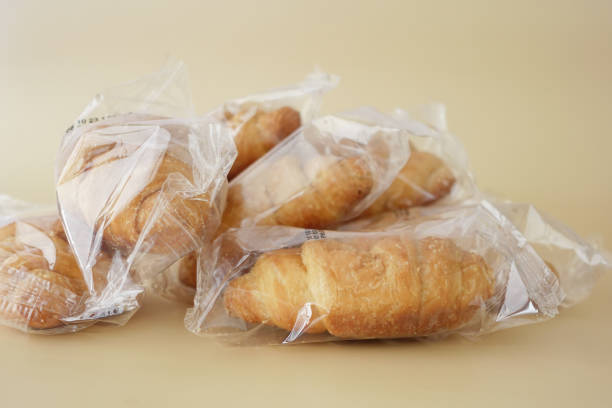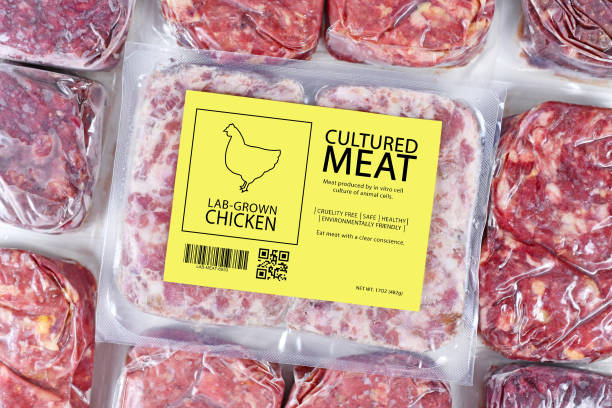Si eres un entusiasta, un propietario de una pequeña empresa, o simplemente curioso, Comprender cómo se empaquetan las salsas puede ser un cambio de juego. Piense en el empaque de salsa como la armadura protectora que mantiene sus sabores favoritos frescos y fabulosos. En esta guía, Exploraremos los tipos comunes de salsas y sus necesidades únicas de empaque, sumergirse en varios formatos de embalaje, y descomponga las máquinas de embalaje de la bolsa de salsa que hacen que todo suceda. Vamos a ser picados!
Tipos comunes de salsas & Sus necesidades de embalaje
Salsas son una parte esencial de muchas cocinas, Agregar sabor, textura, y riqueza a los platos. Pero con tantos tipos diferentes de salsas, Es importante comprender su empaque único para garantizar un almacenamiento y preservación óptimos.
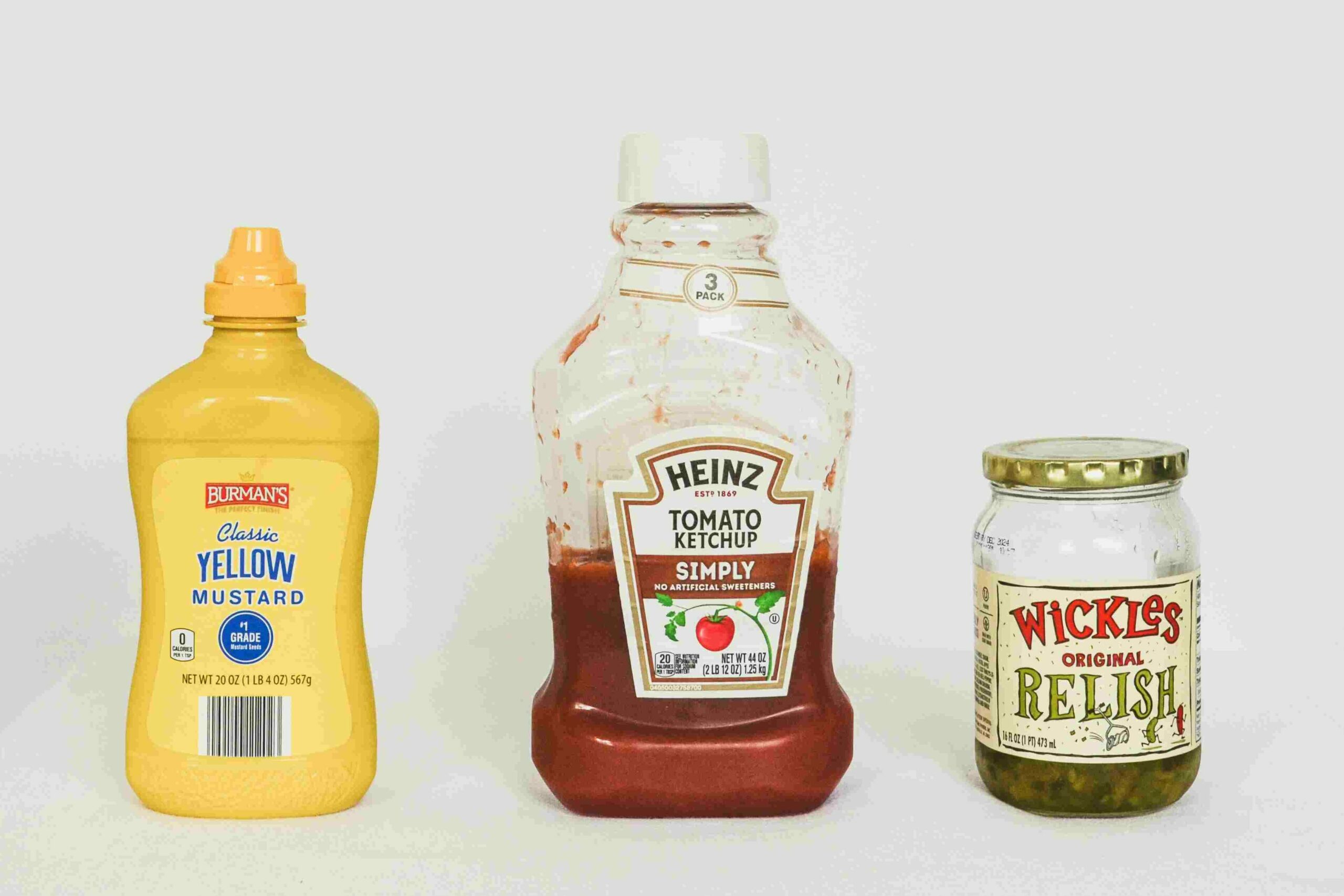
1. Ketchup
El embalaje de ketchup generalmente requiere una fácil dispensación, Por eso las botellas con tops o bolsas de compresión son tan populares. Las botellas ofrecen un aspecto clásico y una buena estabilidad del estante, mientras que las bolsas proporcionan conveniencia y portabilidad liviana.
Consideraciones de empaque clave:
- Sello: Una tapa o tornillo ajustado es esencial para evitar fugas y mantener la frescura.
- Tamaño: El ketchup a menudo está disponible en varios tamaños para adaptarse a las necesidades individuales y domésticas..
- Forma: Se prefieren las botellas de compensación para facilitar la dispensación, mientras que las botellas de vidrio pueden ofrecer una boca más ancha para verter.
2. Soy Sauce
Soy sauce, un condimento fermentado utilizado en la cocina asiática, requiere un oscuro, recipiente hermético para proteger su delicado sabor y prevenir la oxidación.
Consideraciones de empaque clave:
- Material: Las botellas de vidrio o los recipientes de plástico con un sello apretado se usan comúnmente.
- Color: El vidrio oscuro o el plástico opaco ayuda a bloquear la luz, que puede degradar la calidad de la salsa.
- Tamaño: La salsa de soja a menudo se vende en varios tamaños, desde pequeñas botellas hasta jarras grandes..
3. Aderezo de ensalada
Aderezo de ensalada, una amplia gama de emulsiones, Por lo general, requieren envases que protejan sus ingredientes y permitan un fácil vertido.
Consideraciones de empaque clave:
- Material: Botellas de vidrio, botellas de plástico, o las bolsas son comunes.
- Sello: Una tapa ajustada o una pala de verter es esencial para evitar fugas y mantener la frescura.
- Almacenamiento: Los aderezos a menudo se venden en secciones refrigeradas, Por lo tanto, el embalaje debe ser adecuado para el almacenamiento en frío.
4. Salsas picantes
Salsas picantes, caracterizado por sus sabores picantes, Requerir envases que puedan resistir la alta acidez y los aromas picantes.
Consideraciones de empaque clave:
- Material: Las botellas de vidrio o las botellas de plástico son opciones comunes.
- Sello: Una tapa o tapa ajustada es crucial para evitar fugas y evaporación.
- Forma: Las botellas de compras permiten dispensar controles, mientras que las botellas de vidrio pueden ofrecer una boca más ancha para verter.
5. Carpeta de salsa
Salsas de pasta, a menudo conteniendo tomates y hierbas, requiere empaque que preserve su sabor y color.
Consideraciones de empaque clave:
- Material: Los frascos de vidrio o los recipientes de plástico se usan comúnmente.
- Sello: Una tapa o tapa ajustada es esencial para evitar fugas y mantener la frescura.
- Almacenamiento: Las salsas de pasta generalmente se almacenan a temperatura ambiente, Pero se recomienda la refrigeración después de la apertura.
6. Salsas especializadas
Saucas especializadas, como Barbecue o Teriyaki, a menudo tienen requisitos únicos. Estas salsas pueden variar ampliamente en viscosidad, Entonces el empaque debe acomodar que. Esta flexibilidad puede marcar una gran diferencia en la forma en que se dispensan y disfrutan.
Consideraciones de empaque clave:
- Material: La elección del material depende de la consistencia de la salsa, acidez, y uso previsto.
- Sello: Una tapa o tapa ajustada es esencial para evitar fugas y mantener la frescura.
- Tamaño y forma: El embalaje debe ser apropiado para el volumen y el tipo de salsa previstos.
5 Tipos de embalaje para salsas
1. Bolsas
Las bolsas son livianas, de ahorro de espacio, e increíblemente versátil. Perfecto para todo, desde porciones individuales hasta envases a granel, También son excelentes para el embalaje de salsa sostenible, ya que a menudo usan menos material que los contenedores tradicionales..
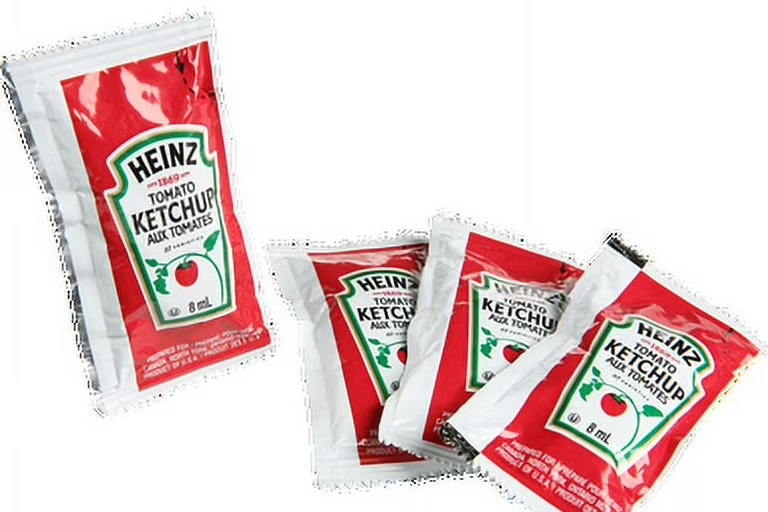
2. Botellas
Las botellas son una opción clásica para salsas. Ya sea vidrio o plástico, Proporcionan una barrera sólida contra el aire y la luz, Mantener sus salsas frescas. Más, Vienen en varios diseños que pueden mejorar la estética de una marca.
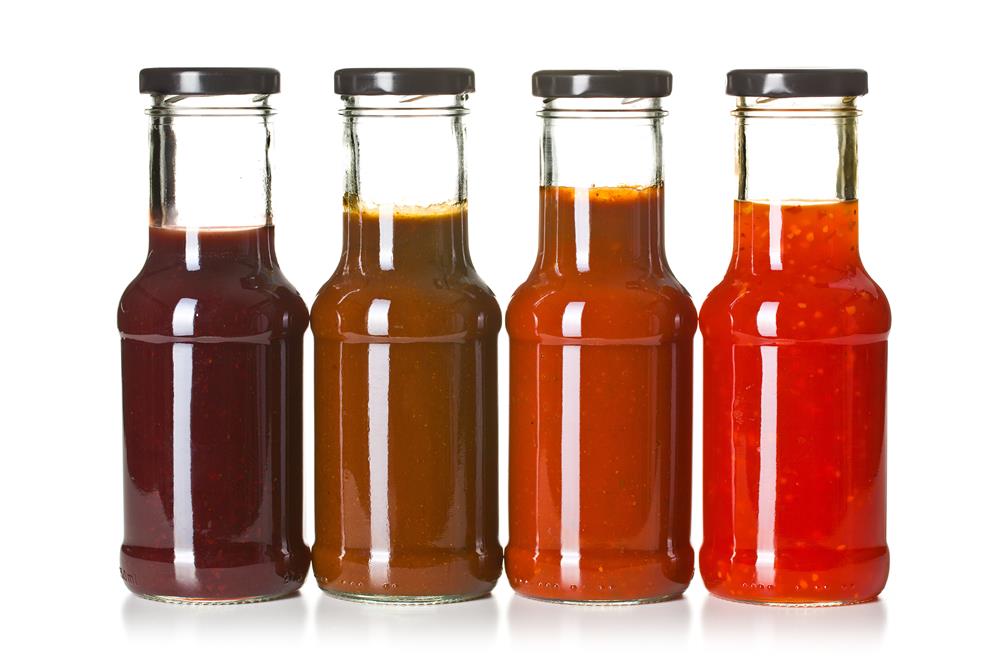
3. Paso
Los frascos ofrecen un toque nostálgico y son perfectos para salsas más gruesas como Marinara o Pesto. Sus aberturas amplias los hacen fáciles de llenar y dispensar, Pero pueden ser más pesados y ocupar más espacio.
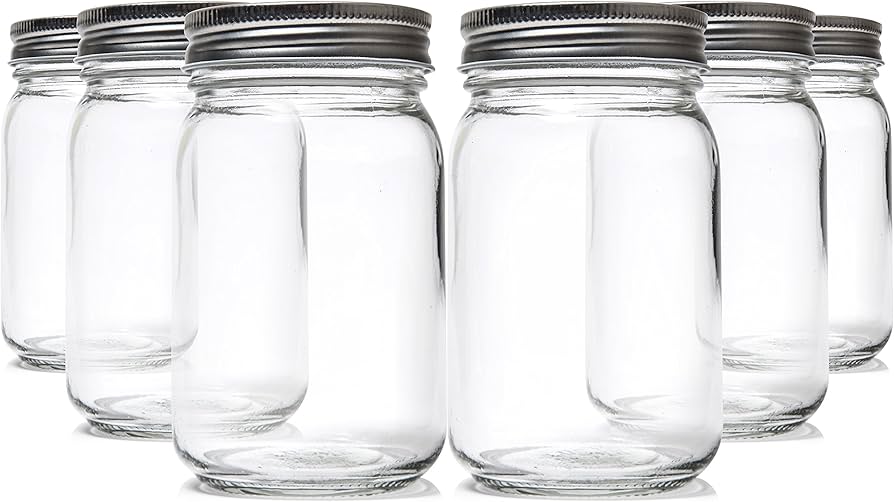
4. latas
Las latas son menos comunes para las salsas, pero pueden ser excelentes para las opciones estables. Ofrecen una excelente protección contra la luz y el aire, Garantizar la longevidad.
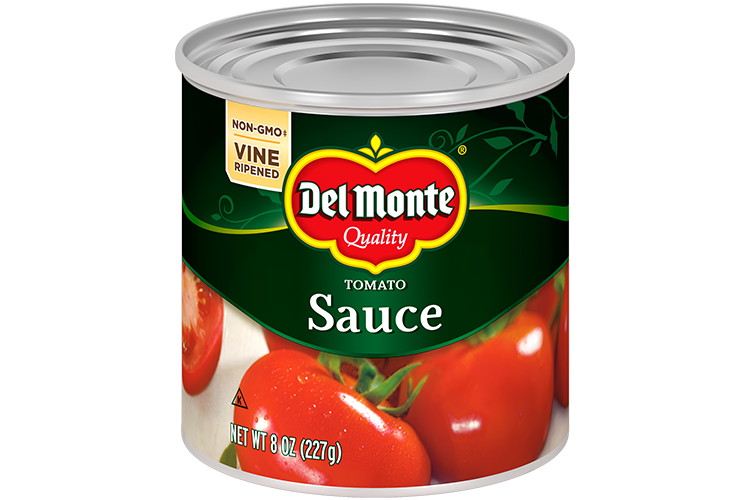
5. Tina y tazas
Las bañeras y las tazas son excelentes para servir salsas, particularmente para llevar o catering. Son convenientes y a menudo vienen con tapas, Haciéndolos un favorito para las caídas y los aderezos.
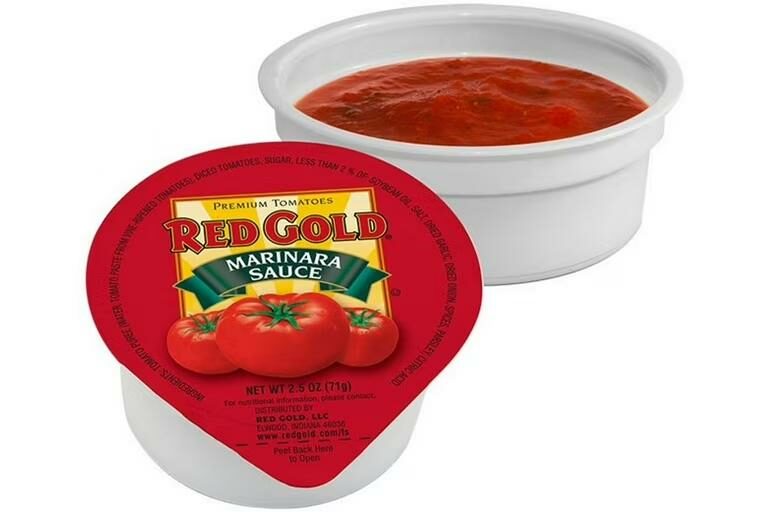
3 Tipos de máquinas de envasado de salsa
Para satisfacer las diversas necesidades del embalaje de salsa, Se han desarrollado varias máquinas especializadas para garantizar la eficiencia y la precisión en el proceso de llenado y sellado. Aquí hay tres tipos comunes:
Máquinas verticales de formado, llenado y sellado (VFFS)
máquinas VFFS son versátiles y eficientes, capaz de producir una amplia variedad de bolsas prefabricadas a partir de materiales flexibles como plástico, frustrar, y papel. Funcionan formando un tubo continuo de película., llenarlo con la salsa deseada, y luego sellándolo para crear bolsas individuales.
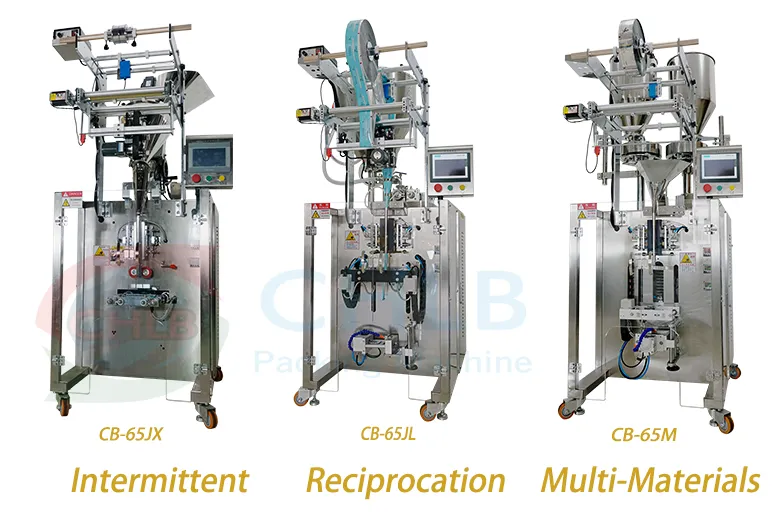
Ventajas:
- Alta velocidad: Las máquinas VFFS pueden lograr altas tasas de producción, haciéndolos adecuados para operaciones de embalaje a gran escala.
- Variedad de bolsas: Pueden crear diferentes tamaños y formas de bolsas, acomodando varias cantidades de salsa.
- Rentable: Las máquinas VFFS ofrecen un buen equilibrio entre el rendimiento y la asequibilidad.
Máquinas de llenado de bolsas de salsa
Máquinas de embalaje de bolsas de salsa están diseñados para llenar bolsas prefabricadas con salsas. Por lo general, se usan para bolsas flexibles hechas de materiales como plástico., aluminio, o laminados.
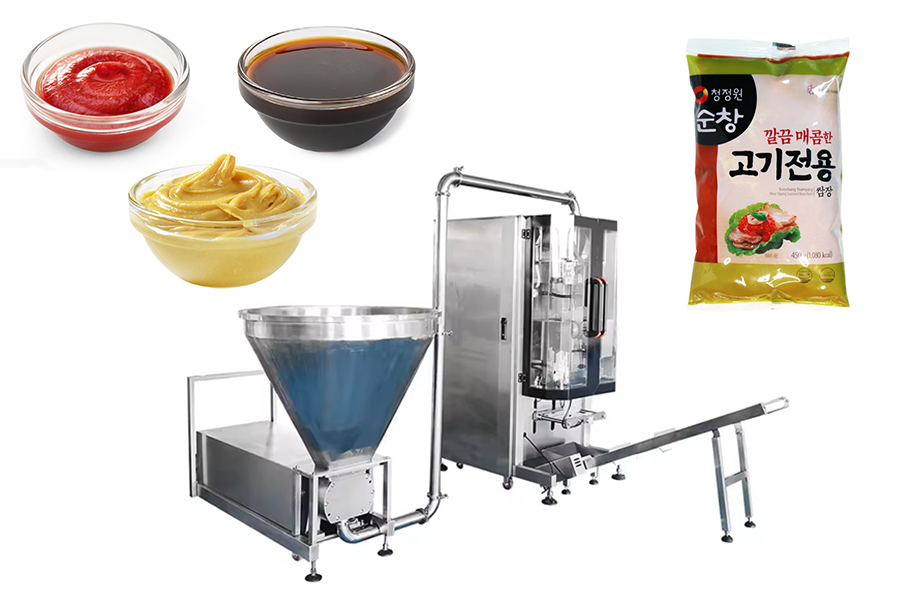
Ventajas:
- Relleno preciso: Ofrecen un control de llenado preciso, minimizar los desechos y garantizar la consistencia en cada bolsa.
- Variedad de tamaños de bolsa: Pueden manejar una amplia gama de tamaños de bolsa, acomodando diferentes volúmenes de salsa.
- Integración fácil: El empaque de la bolsa de salsa se puede integrar con otros equipos de empaque, racionalización del proceso general.
Máquinas de llenado de botellas de salsas
Máquinas de llenado de botella de salsa están diseñados para llenar las botellas de vidrio o plástico con salsas. Ofrecen varias características como el relleno automático, limitación, y etiquetado, Garantizar envases de botella eficientes y precisos.
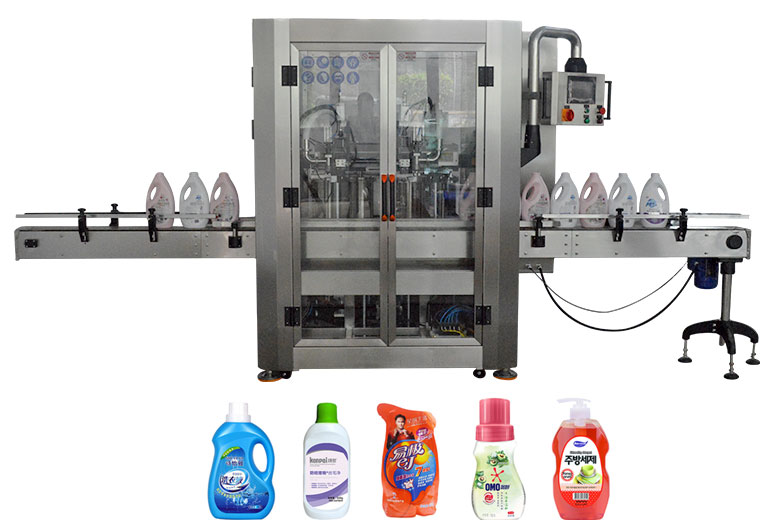
Ventajas:
- Alta velocidad: Pueden llenar botellas a altas velocidades, Aumento de la eficiencia de producción.
- Relleno preciso: Proporcionan niveles de llenado precisos, minimizar los desechos y garantizar una calidad constante del producto.
- Variedad de tamaños de botella: Pueden manejar diferentes tamaños y formas de botellas, acomodando varios volúmenes de salsa.
Características clave a considerar en máquinas de embalaje
Elegir la máquina de embalaje de salsa correcta es una decisión crucial, ya que afecta directamente la eficiencia, exactitud, y producción general de producción. Aquí hay algunas características clave a considerar:
Niveles de automatización
El nivel de automatización en su máquina de embalaje puede afectar significativamente sus operaciones. Las máquinas totalmente automatizadas son altamente eficientes, Manejo de todo, desde el relleno hasta el sellado con una intervención humana mínima. Son ideales para la producción de alto volumen, Asegurar resultados consistentes y reducir los costos laborales. Opciones semiautomatadas, por otro lado, puede requerir alguna entrada manual, proporcionando una mayor flexibilidad pero potencialmente sacrificando algo de velocidad y consistencia. Evalúe cuidadosamente sus necesidades de producción y presupuesto al decidir el nivel de automatización que mejor se adapte a su operación.
Precisión de relleno
El relleno preciso es esencial para mantener la calidad del producto y minimizar los desechos. Una máquina de envasado de salsa de alta calidad se asegurará de que cada botella o bolsa reciba la cantidad exacta de producto, Eliminar inconsistencias y garantizar la satisfacción del cliente. Busque máquinas con características como sensores de peso precisos, sistemas de llenado volumétrico, y mecanismos de detección de fugas, Garantizar un llenado preciso independientemente de la viscosidad, temperatura, o tamaño del contenedor.
Velocidad y eficiencia
El tiempo es dinero en el mundo del embalaje. La velocidad y la eficiencia de su máquina afectan directamente su capacidad de producción.. Considere cuántas unidades por minuto puede manejar su máquina y asegúrese de que se alinee con la salida deseada. Busque máquinas con características como cabezas de relleno de alta velocidad, Sistemas de transporte suave, y mecanismos de sellado automatizados para maximizar el rendimiento de producción sin comprometer la calidad.
Compatibilidad de materiales
Diferentes materiales de envasado requieren diferentes mecanismos de manejo. Asegúrese de que su máquina elegida sea compatible con los materiales que planea usar, Si las bolsas, botellas, o frascos. Busque máquinas con configuraciones ajustables que permitan un control preciso sobre la alimentación del material, caza de focas, y manejo, Asegurar operaciones suaves y eficientes independientemente del material de empaque elegido.
Tendencias futuras en el embalaje de salsa
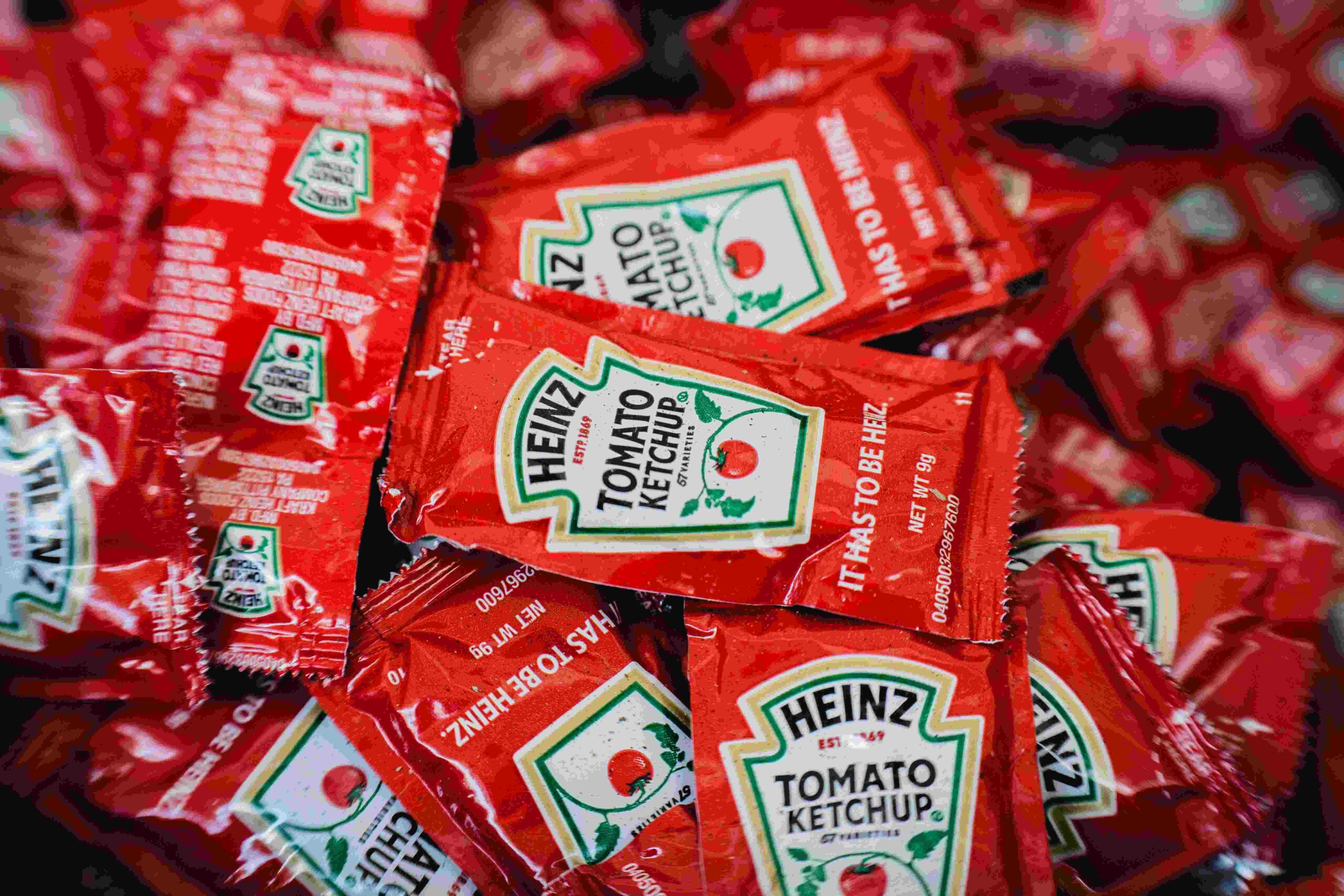
A medida que los consumidores se vuelven cada vez más ecológicos, la demanda de Embalaje de salsa sostenible está aumentando. Las marcas buscan activamente formas innovadoras para minimizar su huella de carbono, que a menudo incluye la adopción de materiales biodegradables que se descomponen naturalmente con el tiempo. Este cambio no se trata solo de materiales; También se trata de repensar los tamaños de empaque. Al reducir el exceso de embalaje, Las empresas pueden reducir las emisiones de desechos y transporte. Además, Los avances en la tecnología de envasado están allanando el camino para soluciones más inteligentes, tales como bolsas recargables y contenedores compostables. Estas innovaciones no solo atraen a los consumidores de mentalidad ambiental, sino que también posicionan a las marcas como administradores responsables del planeta, Mejorando su comercialización general.
Conclusión
Comprender los tipos de embalaje para salsas y las máquinas que las facilitan puede marcar la diferencia para productores y consumidores por igual. Con opciones que van desde bolsas hasta botellas y máquinas diseñadas para cada, Hay una solución para cada amante de la salsa. Entonces, Ya sea que esté planeando lanzar su propia línea de salsa o simplemente desea aprender más, esta guía te tiene cubierto!
Preguntas frecuentes
- ¿Cuáles son las mejores opciones de empaque para diferentes tipos de salsas?? Depende de la salsa! Las bolsas son excelentes para conveniencia, Mientras que las botellas funcionan bien para condimentos como el ketchup. Los frascos son ideales para salsas más gruesas como la salsa de pasta.
- ¿Cómo determino la máquina adecuada para mis necesidades de envasado de salsa?? Evaluar su volumen de producción, Tipo de embalaje deseado, y presupuesto. Máquinas de investigación que se ajustan a estos criterios, Centrarse en la automatización y la eficiencia.
- Qué mantenimiento se requiere para las máquinas de envasado de salsa? Limpieza regular, lubricación de partes móviles, y las inspecciones para el desgaste son esenciales para mantener sus máquinas funcionando sin problemas.
- ¿Hay soluciones de embalaje ecológicas disponibles?? Absolutamente! Muchas marcas están explorando materiales biodegradables y opciones de empaque reciclables para promover el empaque de salsa sostenible.
- ¿Cómo puede afectar el embalaje la vida útil de las salsas?? El embalaje adecuado ayuda a prevenir la exposición al aire y la luz, que puede estropear salsas. Usando de alta calidad, Los materiales herméticos extienden la frescura y el sabor.


